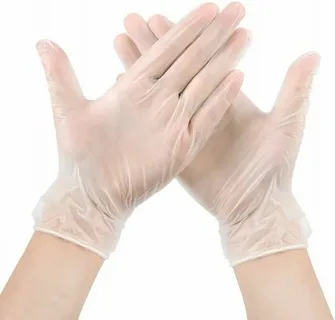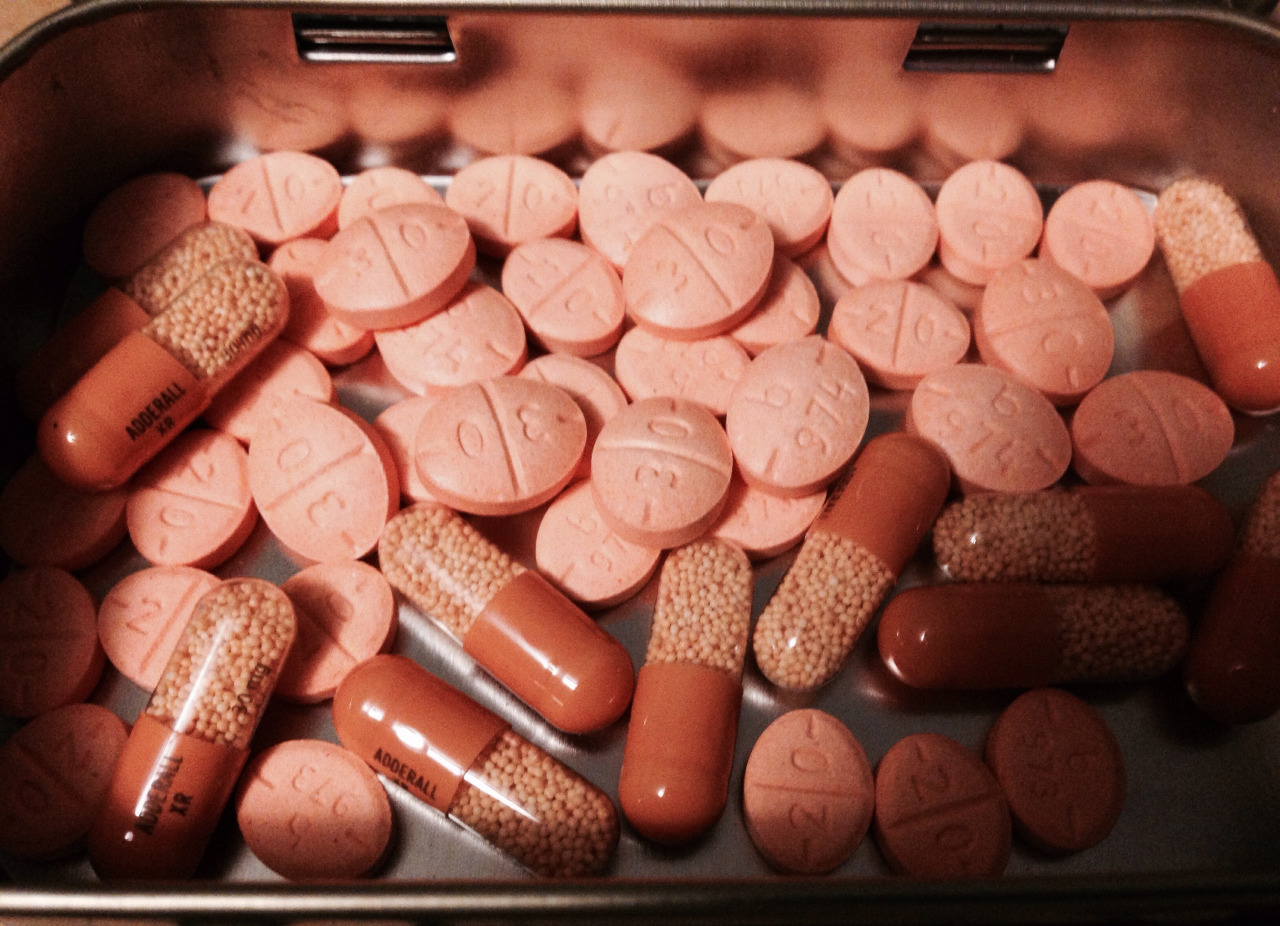Vinyl gloves are a widely used in many sectors due to their practicality and cost-effectiveness. They provide a dependable layer of hand protection that doesn’t compromise comfort, making them ideal for extended use. From medical environments to food handling and beyond, Vinyl-gloves significantly reduce the risk of contamination. Their synthetic composition offers an alternative to those with latex sensitivities, broadening their appeal. This blog will delve into various aspects of Vinyl-gloves, including their materials, benefits, and environmental impact. It will provide a comprehensive overview to help you understand why they remain a popular choice across different fields.
Materials Used in Vinyl-gloves
Vinyl-gloves are crafted from polyvinyl chloride (PVC), a synthetic plastic polymer known for its resilience and affordability. To improve their flexibility and comfort, manufacturers add plasticizers during production. While PVC is cost-effective, its environmental impact is a concern, as its production involves various chemicals. Efforts are being made to create eco-friendlier versions of Vinyl-gloves. The materials used ensure these gloves provide a functional and economical option for various applications, from medical use to food handling.
Key Features and Benefits
Exceptional Comfort and Adaptability
Vinyl-gloves are distinguished by their exceptional comfort and adaptability, providing a snug fit that comfortably accommodates a wide range of hand sizes. This feature makes them particularly suitable for prolonged use in various settings.
Flexibility and Precision
While they might not boast the same level of durability as some other glove types, Vinyl-gloves offer adequate flexibility, making them well-suited for tasks requiring precise hand movements and dexterity. Their design ensures users can perform delicate tasks without sacrificing comfort.
Affordability
Their affordability is a notable benefit, especially when frequent changes are necessary, thus balancing performance and cost-effectiveness. This makes Vinyl-gloves an attractive option for businesses mindful of budget constraints.
Latex-Free Advantage
Furthermore, these gloves are an excellent choice for those with sensitivities to latex, expanding their potential applications across different industries. By being latex-free, they provide a safer alternative for individuals with latex allergies.
Preferred in Lower Risk Environments
Vinyl-gloves are commonly preferred in environments with lower risk levels, where protection and budget considerations are paramount. They provide satisfactory protection in settings where high durability is not as critical.
Variety and Customization
Beyond their practical applications, Vinyl-gloves come in various sizes and thicknesses, allowing users to select options tailored to specific tasks. Their lightweight nature reduces hand fatigue, enhancing user comfort during extended periods of wear.
Convenience and Disposal
Vinyl-gloves’ ease of disposal also adds to their convenience, making them a practical choice in medical, food service, and cleaning industries, where maintaining hygiene standards is crucial. Their disposable nature helps maintain cleanliness and reduces the risk of cross-contamination.
Comparing Vinyl Powder Free Gloves with Other Types
Vinyl powder free gloves offer distinct advantages and drawbacks compared to other glove types. Latex gloves, crafted from natural rubber, provide superior elasticity and fit, making them ideal for precision tasks. However, latex can trigger allergic reactions, which Vinyl-gloves help avoid. Nitrile gloves, made from synthetic rubber, are more puncture-resistant and durable than Vinyl-gloves, making them suitable for high-risk tasks involving sharp objects. Vinyl-gloves, though less robust, are more cost-effective and sufficient for low-risk applications, such as food handling and basic cleaning tasks. Their affordability and allergy-friendly nature make them a practical choice in many situations.
Applications of Disposable Vinyl Gloves
Disposable Vinyl gloves find utility across many settings due to their protective qualities and cost-effectiveness. In medical and healthcare environments, they serve as a crucial barrier against pathogens, contributing to maintaining stringent hygiene standards. Their application in food service and catering is equally significant, preventing cross-contamination and ensuring food safety. Beyond these areas, Vinyl-gloves are also used in cleaning and sanitation, protecting against chemicals and dirt. They offer a practical solution for handling non-hazardous materials in the industrial sector. Their adaptability makes them suitable for various tasks, ensuring protection and comfort.
Proper Usage and Disposal
Proper usage and disposal of Vinyl-gloves are essential to maintaining hygiene and minimizing environmental impact. Before putting on gloves, hands should be clean and dry to avoid compromising the barrier they provide. To maintain their effectiveness, gloves should be changed regularly, especially between different tasks or after contamination. Avoid touching surfaces unnecessarily while wearing gloves to prevent the spread of contaminants.
Following appropriate disposal procedures is crucial. Dispose of used gloves in designated waste bins, avoiding general waste where possible. Explore recycling options if available, as this can help reduce the environmental burden of single-use gloves. By adhering to proper usage and disposal practices, you can maximize Vinyl-gloves’ protective benefits while contributing to a more sustainable environment.
Vinyl-gloves and Allergies
Vinyl-gloves are a safer choice for those with latex sensitivities, as they lack the natural rubber proteins that can cause allergic reactions. This makes them preferable in environments where latex allergies are a concern. However, some individuals might still experience minor skin irritations or sensitivities to the additives used in vinyl glove manufacturing, such as plasticizers. It’s crucial for users to be aware of any potential reactions and to discontinue use if irritation occurs. Opting for high-quality Vinyl-gloves with fewer additives can mitigate the risk of adverse skin responses.
Cost Considerations
When examining the cost-effectiveness of Vinyl-gloves, several factors come into play, such as material expenses, manufacturing techniques, and overall demand. Vinyl-gloves are generally more affordable than their latex or nitrile counterparts, making them an appealing choice for businesses and organizations that require frequent glove changes. Bulk purchasing further reduces costs, which is advantageous for large-scale operations. Despite their lower cost, Vinyl-gloves provide adequate protection and functionality for many low-risk tasks. However, it is important to balance cost savings with the job’s specific requirements, ensuring that the gloves used are fit for purpose and do not compromise safety or hygiene standards.
Environmental Considerations
The production and disposal of Vinyl-gloves present notable environmental challenges. Vinyl-gloves are made from polyvinyl chloride (PVC), derived from non-renewable fossil fuels. The manufacturing process involves various chemicals, some of which can have harmful environmental effects. Additionally, Vinyl-gloves are not biodegradable, contributing to long-term waste issues in landfills. However, there are ongoing efforts to mitigate these impacts. Some manufacturers are investing in research to develop more sustainable alternatives and improve the recyclability of PVC products. Consumers and businesses can also play a role by choosing eco-friendly options and ensuring proper disposal methods are followed to minimize environmental harm.
Future Trends in Vinyl-gloves
As technology advances, the vinyl glove industry is experiencing significant innovation. Researchers are concentrating on developing gloves with improved tactile sensitivity and durability. These enhancements aim to provide users with better performance without compromising comfort. Eco-friendly alternatives to traditional PVC are also being explored to address environmental concerns. Efforts are being made to produce Vinyl-gloves using biodegradable or less harmful materials, reducing their ecological impact. Automation and more efficient manufacturing processes are expected to further streamline production and lower costs. With these advancements, Vinyl-gloves are set to become even more reliable and environmentally responsible, meeting the growing demands of various industries.
Conclusion
Vinyl gloves provide a dependable and economical choice across various sectors, offering essential hand protection without compromising comfort. Their synthetic makeup is especially beneficial for those with latex allergies, providing a safe alternative. While not as robust as latex or nitrile gloves, they are adequate for low-risk tasks, balancing cost and performance. The environmental impact of Vinyl-gloves, primarily due to their polyvinyl chloride (PVC) content, is an ongoing concern. However, efforts are being made to develop more sustainable options. As industries evolve, advancements in technology and manufacturing are expected to address these issues, making Vinyl-gloves even more efficient and eco-friendly.
FAQs
Q: Are vinyl gloves safe for food handling?
A: Absolutely; vinyl gloves are widely used in food handling and catering due to their effective barrier against contaminants. They help maintain high hygiene standards, which are crucial in food preparation environments. Vinyl-gloves are particularly favored because they are disposable, reducing the risk of cross-contamination between different food items. Additionally, their cost-effectiveness makes them a practical choice for businesses that require frequent glove changes. However, following proper usage guidelines, such as changing gloves between tasks and ensuring hands are clean before putting them on, is essential to maximize their protective benefits.
Q: Can Vinyl-gloves be recycled?
A: Traditional recycling methods for Vinyl-gloves are currently limited, primarily due to the material they are made from, polyvinyl chloride (PVC). PVC contains various additives that complicate the recycling process. Despite these challenges, there are ongoing efforts to enhance the recyclability of PVC products, including Vinyl-gloves. Some manufacturers are exploring innovative recycling technologies and developing eco-friendly alternatives. Consumers and businesses can contribute by staying informed about recycling options and supporting initiatives to reduce the environmental impact of disposable gloves.
Q: Are there any allergies associated with Vinyl-gloves?
A: Vinyl-gloves are an excellent alternative for individuals with latex allergies, as they do not contain the natural rubber proteins that can trigger allergic reactions. This makes them a safer option in environments where latex sensitivities are a concern. However, it is worth noting that some users might experience minor skin irritations due to additives such as plasticizers used to produce Vinyl-gloves. It’s essential for users to be aware of any potential reactions and to discontinue use if any irritation occurs.
| Related Business Listings |
| Contact Directory |
| Local Business Profiles |




